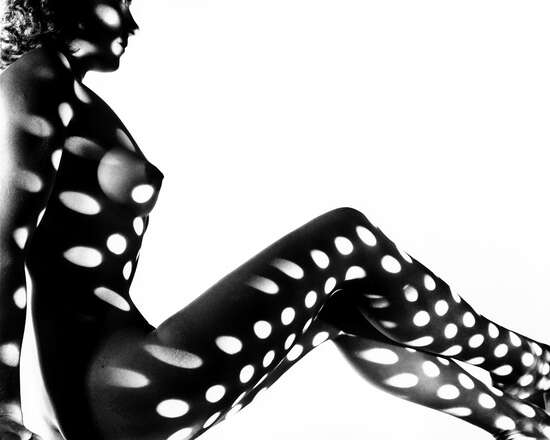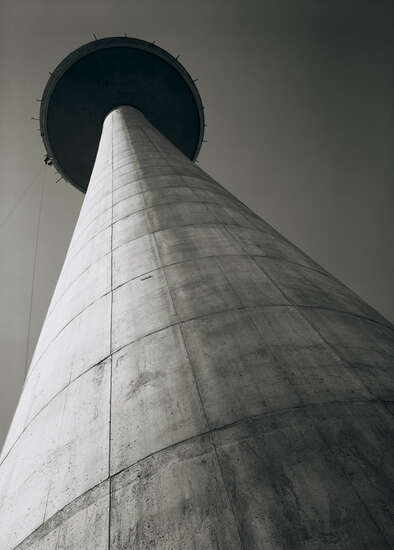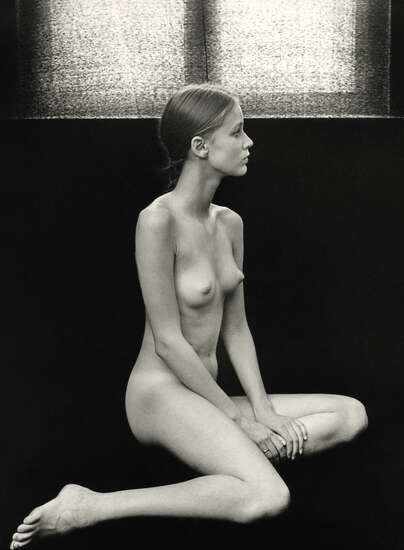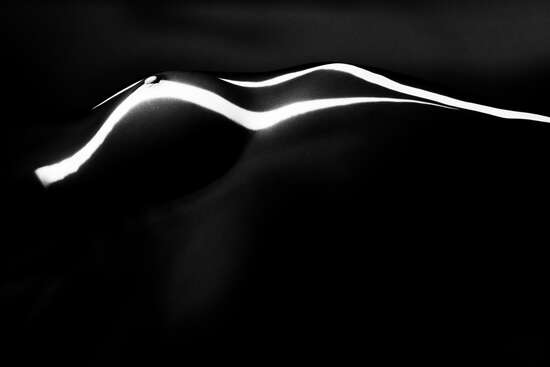READY TO HANG
Out of the box, all LUMAS artworks are ready and easy to hang.
SECURELY PACKAGED
LUMAS works are always packed to the highest standard to make sure it arrives as perfectly as it leaves us.
ARTIST SUPPORTED
Your purchase supports the free and independent work of your favorite artist.
EXTENDED RIGHT OF RETURN
Say it with art. Because of the Christmas season, we have extended your right of return until January 10th!
BACKGROUND INFORMATION
DRESS OF LIGHT
In the late 1940s, Heinrich Heidersberger shot his iconic nude series Kleid aus Licht (German for “Dress of Light”) for the magazine Stern, which Henri Nannen had recently founded. This series – which caused outrage in prim post-war Germany – is now viewed as one of the classics of photographic art.
The idea was as simple as it was spectacular: Using a projector he fashioned out of a cooking pot, he covered naked bodies with spots and stripes of light. In doing so, he combined nude photography and experimental photography in ways never seen before. Heidersberger’s “dresses” of light reveal, above all, the photographer’s passion for the phenomenon of light, a theme he explores further in his later work, Rhythmographien (“Rhythmographies”). Heidersberger came to photography by chance. In 1928 he moved to Paris to study painting with Fernand Léger. Walking through a flea market, he stumbled across an old wooden camera. It was, as he says, “a sign from fate”.
Marc Peschke
Heinrich Heidersberger , who died in 2006 at the age of 100, has his place among the most important German photographers of the second half of the 20th century. Seminal images in the fields of architecture and advertising mark his complex life’s work, and his name as an artist is of great repute as well. An exceptional photographer of the modernist aesthetic, Heinrich Heidersberger knew exactly how to combine the documentary approach of photography with modernist ideas. In his photographs he combines function and visual aesthetics, incorporating economic, technical, and social aspects into his perfectly balanced pictures. The aesthetic ideas of modernism were influenced by the notion of structure. Heidersberger’s photographs open our understanding of these structural laws in a surprising and creative way. In his photographs of post-war architecture of the fifties Heidersberger revealed the aesthetics of modernism, thus presenting them as an interplay of structure and form. Heidersberger’s images have retained their importance in photography, in spite of all of the visual styles and trends that have developed over the last decades.VITA
1906 Born in Ingolstadt, Germany 1928-1931 Attended Fernand Léger’s art school while in Paris, began working in photography, met Piet Mondrian and Yves Tanguy 1946 Began working as a photojournalist, advertising and architectural photographer in Berlin 1957 Opened a studio in Brunswick, Germany, started working as a photojournalist for Stern 1961 Moved to Wolfsburg, founded the artist’s group “Schloßstraße 8” 2006 Passed away in Wolfsburg, Germany









